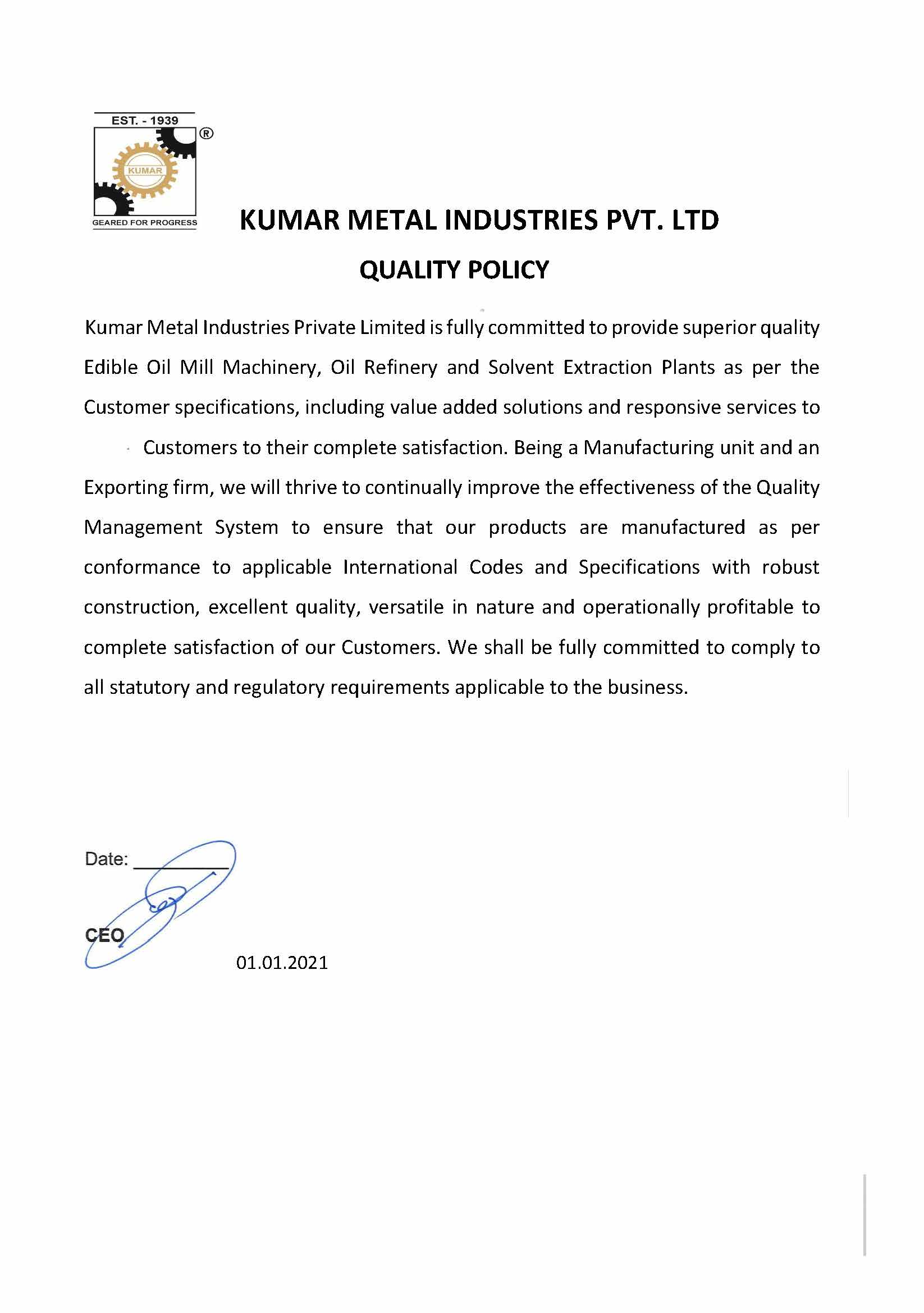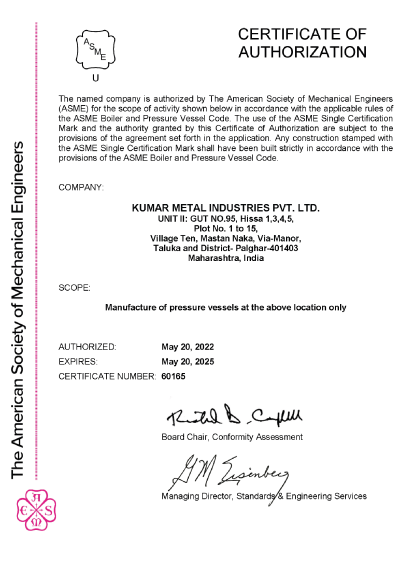
Glycine max. Soybean. Soya bean. Soja bean. It goes by many names, it is produced in several countries on most continents, and its oil has a number of uses in kitchens the world over. Estimates suggest that over 62 million metric tonnes of soybean oil were produced between 2021 and 2022, and that number is only likely to grow. So, you’re considering getting in on the soybean oil action? You need some help with assessing the potential soybean oil manufacturing plant cost? You’ve come to the right place.
Soybean oil is the neutral-tasting, edible oil extracted from the seeds of the leguminous soybean plant. The oil is sometimes used as or in mosquito repellants, but primarily, its applications are limited to being a cooking or salad oil. Soybean oil has a high smoke point, making it quite a good option for high heat cooking. It is rich in polyunsaturated fatty acids, omega-3 fatty acids and Vitamins E and K, making it good for your heart’s health, skin health, bone health, brain function and immunity. When consumed in excess, the oil does have its downsides. Nonetheless, the market for soybean oil is massive, and you are likely to get high returns on your investment, especially considering the soybean oil manufacturing plant cost in India.
But before we get into the specifics of soybean oil manufacturing plant cost, let’s take a look at the processes that will be at the centre of your operations.
How is soybean oil extracted?
As with all oilseeds, soybean seeds have to go through a number of preparatory processes before they are fit to be sent through an expeller press machine or oil extractor machine. In many cases, like groundnut oil, castor oil and palm kernel oil, the prepared seeds first go through mechanical extraction and then the remaining meal – or the solids left behind with some oil still in them – is further subjected to solvent extraction. But things are a bit different with soybean oil. The soybean seeds have to be processed differently for each of the two extraction processes.
First, soybean seeds are cleaned to remove dirt and other waste mixed with it. Then, after drying, they are cracked, with the seeds breaking into a number of pieces and getting dehulled; this increases the surface area of the oil-bearing material, making it easier to extract a high yield of oil from it. The seeds prepared in such a way are ready for mechanical extraction using an expeller press. The oil extracted from the oil expeller machine is transported to an oil refinery, while the deoiled cake is processed for other applications, like use as animal feed.
Meanwhile, the dehulled soybeans go through further cooking or conditioning, flaking and extrusion before they are ready for solvent extraction. In the solvent extraction process, food-grade hexane is sprayed over the extruded soybean flakes, with counter-current flow leading to oil extraction and distillation allowing for the separation of solvent and oil. Again, the deoiled meal is also desolventized before it can be processed for other applications.
How is soybean oil refined?
Now when you think of a soybean oil plant, you must keep in mind the fact that your soybean oil manufacturing plant cost will also include the cost of refining. And refining soybean oil is hardly a simple process.
The oil procured at the end of the extraction process isn’t yet suitable for human consumption. First, it must be degummed. Soybean oil contains phosphatides in large quantities. So it is missed with water and phosphoric acid, and put through a calibrated dosing pump. At a slightly high temperature, the gums precipitate out of the mixture. Then comes a high-speed centrifuge and the removal of water under high temperature and vacuum. So the first impurity, gums, have been eliminated and redirected to produce different grades of lecithin.
Then comes the alkali refining process, in which an alkali – particularly a sodium hydroxide solution – is mixed with the degummed oil. This process helps to neutralize free fatty acids, or FFAs. Finally, bleaching earth, activated carbon, heat and filters help to bleach the oil, while sparging steam is used to deodourise it. This refined oil is cooled and packaged appropriately before it makes its way to consumers kitchens to be poured over salads or heated to cook food in.
Making decisions: Scope and scale
Once you’ve understood the process of how soybean seeds are converted to soybean oil, you have some decisions to make. Will the soybean oil plant you set up take on the refining process in addition to the extraction process? Or will you outsource the soybean oil refining? At what scale will you produce soybean oil? Will it be a small-scale operation or a large one? The answers to all of these questions will help you to assess the soybean oil manufacturing plant cost and define your budget accordingly. Which brings us to the crux of this article –
Planning your investment: What elements make up your total soybean oil manufacturing plant cost in India?
- Equipment
Equipment will form one of the largest chunks of your investment. You will need a seed cleaner, a cooker and conditioner, a cracker or dehuller, an expander, and a flaker for your oilseed preparation. You will need an expeller press machine for mechanical extraction and an oil extractor machine for solvent extraction. Should you choose to include oil refining in your operations as well, you will have to invest in equipment for degumming, alkali refining, a bleacher, and a deodorizer. All of these costs add up, so make sure you are comprehensive in your assessment of what machinery you will need.
- Place: Land, construction costs
When you have determined the scale of your operations, you will also be able to determine how much space you will need to comfortably fit all your machinery, be it oilseed preparation or extraction machines along with maintaining sufficient space for people to move around and access the equipment. Investing in a plot of land as well as the construction costs of your facility will be the other significant chunk of your overall investment in the soybean oil manufacturing plant cost.
- Permissions: Compliance with regulatory requirements
Before you can begin production of any sort, you should ensure that you have all the necessary licenses and certifications associated with soybean oil production. Getting the requisite permissions and paperwork from the relevant authorities can be a costly affair. And in situations in which you may be asked to make modifications to your processes or facility, you might incur additional costs. Keep all of these contingencies in mind as you map out your budget.
- People
The most important part of any facility, whether related to oil production or not: people. If you invest in a skilled workforce, you will gain returns in terms of quality, creativity and reliability. Don’t neglect this important aspect of your overall budget.
- Raw materials
This goes without saying – the raw materials needed the produce soybean oil i.e. soybean seeds should be accounted for in your budget. Depending on seasonal conditions and agricultural yield, there may be some fluctuations in your cost of procurement. Keep a buffer in this regard.
- Power, water: Utilities
These are the basics that will keep your plant up and running. In fact, they’re so fundamental, it’s possible to forget to keep them in mind while budgeting.
- Maintenance and repairs
And finally, even when you have a soybean manufacturing facility successfully up and running, you cannot afford to skip routine maintenance. In some cases, you might also have repairs or other inefficiencies in your machinery that you would like a skilled technician to look at. Opt for annual maintenance contracts to take some of the surprise out of these additional costs which can get fairly expensive if you don’t already have an agreement in place with your equipment supplier.
The soybean oil manufacturing plant cost in India is likely cheaper than it is elsewhere in the world due to lower cost of raw materials, labour, and equipment. Nonetheless, the soybean oil is of very high quality and is sold widely in international markets. Whether you invest in a soybean oil plant in India or elsewhere, you would do well to keep in mind these fundamentals about investing in soybean production.
Request a callback
Since 1939, Kumar has been delivering dependable process engineering solutions to the oils and fats industry. We're known for our robustly engineered, versatile, and operationally profitable plant and machinery. It's why customers all over the world depend on us to solve their processing challenges, big or small. If you'd like to know more about our solutions, please fill out the form below:
"*" indicates required fields



















